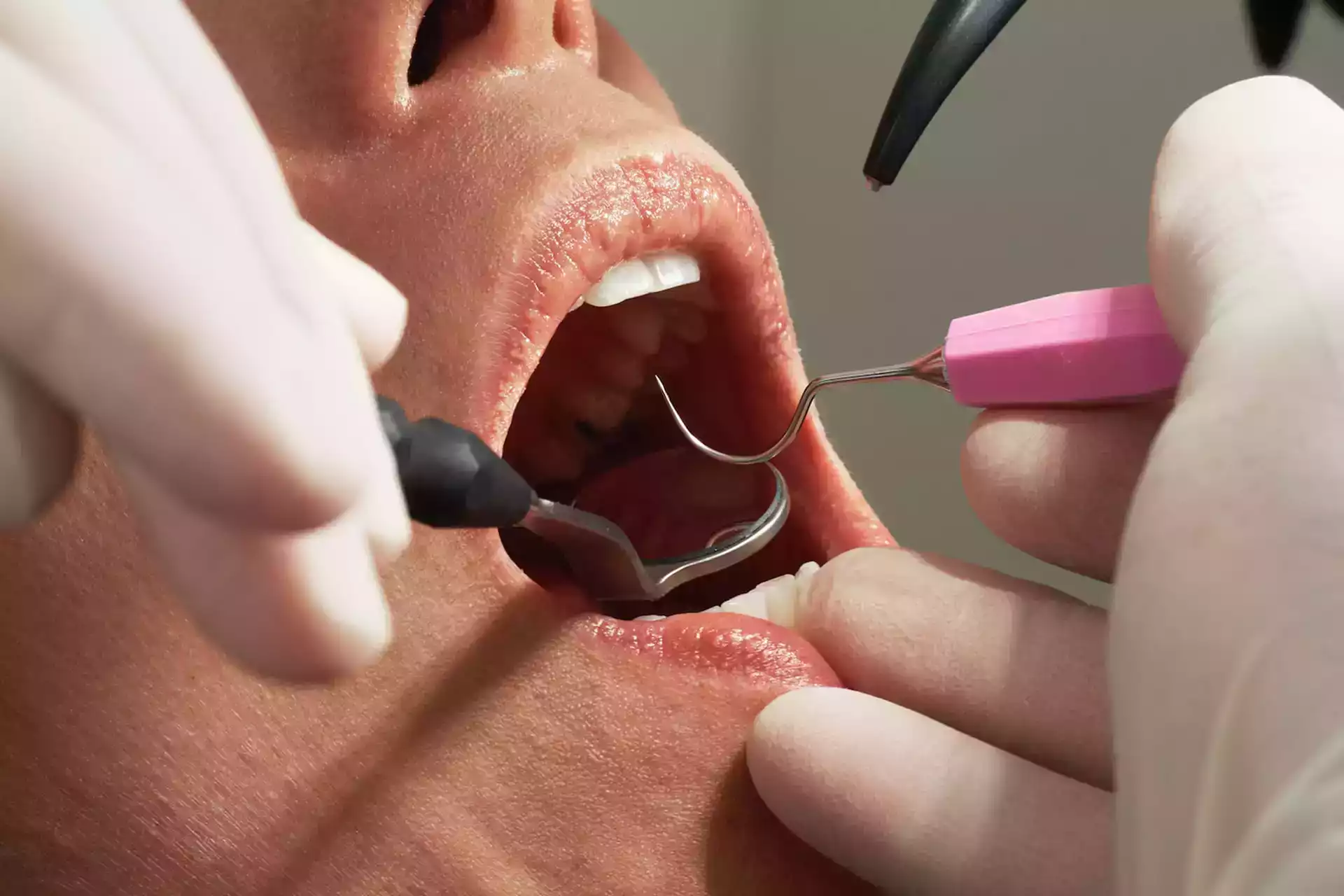The frenulum is a small tissue in the body that typically acts as a binding agent. In other words, it is a tissue that prevents one organ from receding too far. For instance, the soft tissue that holds your lips to the gums is a frenulum. And it’s function is to keep your lips in place. A procedure that alters the frenulum is called a frenectomy.
While there are many types of frenum tissue around the body, in this article, we’ll exclusively discuss oral frenectomy procedures. So read along to learn about the ins and outs of frenectomy from procedure to recovery, benefits and risks.
What Is a Frenectomy?
A frenectomy is a practice that’s always been around. Circumcision, to the surprise of many people, for example, is a frenectomy. Because as we mentioned above, the frenum is a binding tissue that you can find in various locations around the body, a frenectomy hence can refer to various procedures in many areas around the body.
But recently, it’s a term that refers to one typical oral cosmetic surgery procedure. This type of oral frenectomy is a procedure that releases tension in any of the frenums around the mouth. And in your mouth, there is two types of frenums.
The first frenum is under the tongue which serves to connect it to the bed of your mouth. This tissue stretches and contracts and in the process helps monitor the movement of the tongue. The other type of frenulum within the mouth is between the lips and the gums, and likewise, stretches in response to movement. The function of the frenum is to give the lips and tongue stability. But, on the other hand, it should not restrict natural movement and development.
Frenum Defects and Types of Frenectomy
While frenum sizes aren’t identical across people, not all variations are normal. As long as the frenum can stretch and contract without restricting lip and tongue movement, a frenectomy isn’t necessary.
Birth defects affecting the frenum can present them seleves through tightness or shortness that limits free movement. Defects as such can interfere with oral functions such as breastfeeding, swallowing, and even speech development.
Defects can affect the frenum tissue between the tongue and the bottom jaw. In which case, the frenum can be either present a bit too far in the mouth or too short; leading to restrictions with tongue movement. Medicine refers to this type of defect as ankyloglossia or tongue tie. The procedure that reverses this is a lingual frenectomy.
On the other hand, there’s also defects that affect the frenum tissue between the lips and gums. If the frenum is short, it poses tightness that interferes with lip movement. Not only does this prevent normal speech development, but it can also result in poor dental health. This is because it makes it difficult for the person to clean the area under the upper lips. The type of frenectomy that corrects this defect is a maxillary frenectomy.
How Does Frenectomy Work?
A frenectomy isn’t a complex procedure. It is very straightforward and involves a few steps starting with consultation. During consultation, your doctor will study your case and propose a treatment plan that best suits you. Usually the procedure only requires local anesthesia, doctors at Vera Smile will make sure you don’t feel any pain throughout. Next, the doctor will resolves the tightness around the frenum with either a scalpel or laser. And if the case was severe, apply stitches afterwards to the incisions. Our doctors prefer the use of laser to perform an oral frenectomy, because it prevents blood loss. All in all, the duration of the procedure is 15 minutes.
What Happens if Frenum Defects Are Left Untreated?
Some frenum defects may pose only minor tightness. In other words, the person may not face issues with speech development during childhood. This usually drives people to overlook the problem and dismiss the potential harm the frenum tightness could pose.
For instance, tightness around the lip and gum frenum can cause gradual pull on the gums. Over time, the patient may begin to portray clear symptoms of gum recession. A frenectomy is important to resolve even the least threatening of frenum defects. Especially since at times the impact appears decades later into adulthood.
Recovery
Recovering from a frenectomy is far more rapid as an infant than an adult. Although, generally recovering isn’t daunting after a frenectomy. It’s easier for infants to keep the area clean, adults will have to put in more work. This will include avoiding hard foods in the first few days to avoid food bites getting stuck near the procedure area. Healing will take a few days and won’t prevent you from resuming your daily activities. Depending on the complexity of your procedure, the doctor may or may not prescribe antibiotics for you.
Frenectomy Cost
In the USA and UK, a frenectomy may cost up to $8,000. Which is why many patients have started to consider medical tourism in Turkey. As the biggest global destination for affordable medical care, patients find that they can have their needs met with ease.
Hospitals like Vera Smile offer luxury services to international patients to ensure their comfort throughout treatment. From airport reception and pick-up to arranging your 5-star accommodation and private transport, you won’t have to worry about the details of your stay. In addition, within our comprehensive hospital building, we offer professional interpretation to help you communicate with your medical team in your language of preference.
Contact Us
For any inquiries, please feel free to book a free online consultation with our medical specialists. Fill out the form and we’ll get in touch with you right away. Whether regarding the frenectomy procedure, costs, or starting your medical tourism; we’ll gladly assist you.
